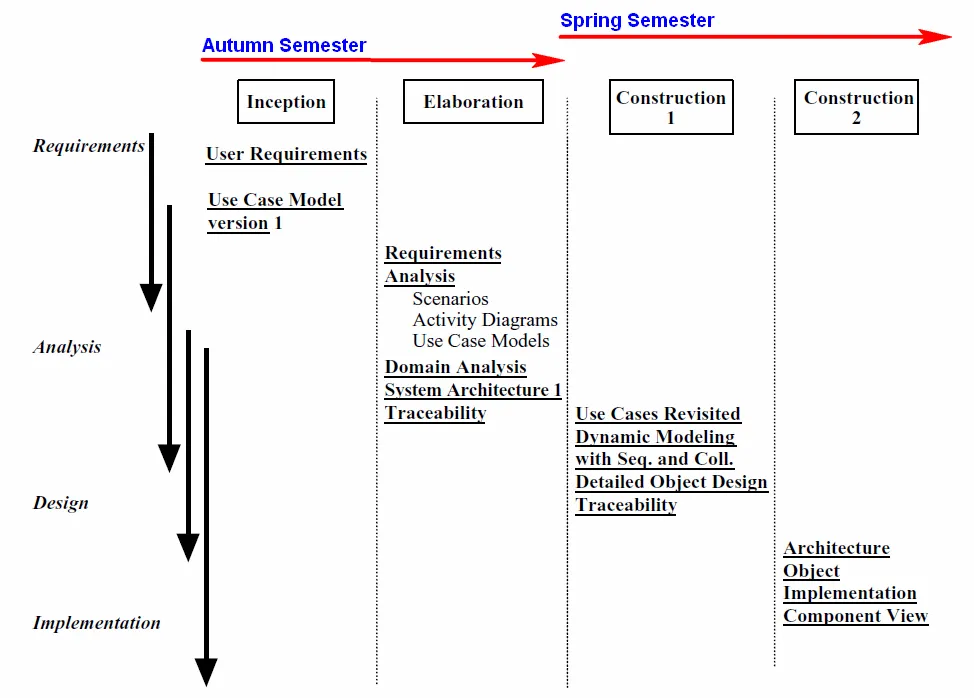+44 75754 30035 help@rapidassignmenthelp.co.uk
offer
🎁🎓Cyber Monday + Black Friday Special 🎁🎓 Discounts - Up to 55% OFF!
🎁🎓Cyber Monday + Black Friday Special 🎁🎓 Discounts - Up to 55% OFF!
+
This project specially aims at creating a Data Breach Monitoring System for medical information system in healthcare organizations while demonstrating how an assignment help service can guide through such advanced academic and technical topics. The move from paper to digital systems that characterizes the conversion from traditional paper health records to electronic health records brings about both potential benefits and harms. The move toward electronic health records is to advance the health of patients, facilitate advancement in clinical decision support and enable integration of care teams (Attaran, 2022). At the same time, this advancement has led to more exposing of sensitive health data to different forms of cyber threats like outsider hackers. The need for this project arises from the rising number of common and severe data breach occurrences in the healthcare domain. A breach of data can result to financial losses, reputational loss and at worse patient harm. For instance, illegal access to patient’s files may lead to invasion of privacy, interruption of the health services provision or perhaps lead to major financial and organizational losses. Huge numbers of security measures such as encryption, multi-factor authentication, and staff educations are in place, but compliance remains low, and systems remain at risk (Butpheng et al 2020). This is not just about identifying when breaches occur but about constantly scanning for them in the hope that to respond in real-time to minimize the damage. This project is intended to solve the problem by implementing an automated monitoring system that will automatically detect, alert and handle the unauthorized attempts to access the desired medical data more securely.
This project intends to design and develop a data breach monitoring system to monitor and prevent a data breach of medical information in real-time for faster response by healthcare institutions. The system will use Splunk for logs monitoring and for exposing patterns associated with suspicious activities that can be notified regarding access to patient data.
Objectives
Approach to this project involves using elements of software engineering to produce a structured and methodical data breach monitoring system from the knowledge of threats.
Risk Profile Analysis: In the first stage, it involves developing awareness of the risk exposures that are likely to cause loss of data in healthcare facilities. This entails appreciation of some of the most widely practiced risks that are associated with systems that include weak passwords, limited encryption, or restricted access control (Rani et al 2023). Based on case studies and discussions with privacy officers and health care security specialists the project will try to create a risk picture that defines main threats concerning medical information systems.
System Design and Tool Selection: The next step that follows is choosing of the right tools and technology to use in putting up the monitoring system. The central technology selected for the current project is Splunk a data analysis tool for log data processing that can collect and analyze data from multiple sources in real-time (Ratta et al 2021). It will then be compared with other monitoring tools to fit the system appropriately. At the same time, encryption software (for examples, VeraCrypt) and multi-factor authentication (MFA) will be implemented for the purpose of boosting the general security system.
Proactive Monitoring and Response: The system will be developed in a way to periodically check the user activity on the patents record and pattern match against the normal usages, if they don’t match then it will trigger the alert (Khanra et al 2020). The project will identify parameters of so-called ‘normal’ and ‘abnormal ‘behaviour that will enable the system to alert security personnel of any attempted intrusions.
Policy and Procedure Development: Policies and Procedures for dealing with breaches when they are being witnessed will also be developed (Sheikh et al 2021). Such compliance tools will entail matters such as reaction to incidents, data handling, GDPR compliance and employee training.
This broad approach guarantees the robust implementation of the health-care monitoring system, and incorporates organizational and technical issues in the ensuring of an efficient and perpetuating defense against data violation.
The report is structured as follows: Chapter 2: Background Research reviews previous literature on monitoring data breaches focusing on Challenges, technologies, and practices in healthcare. Chapter 3: Requirements Analysis and Specification provides the system with functional and non-functional specifications, features, users and security measures. Chapter 4: Software Design describes the technology environment and exactly how the breaches will be managed and responded to. Chapter 5: Conclusion and Suggestion for Future work presents the main findings in the writing, it also provides some recommendations for further enhancement of the system. In maintaining an organized approach to the project, each of the chapters is developed based on the other in sequence.
This chapter provides a critical review of related work, and products with an aim to demonstrate a specialist understanding of the project topic, including its fundamentals and the state-of-the-art, i.e. the current developments and potential areas (i.e. “gaps”) for future development.
The review of the related work provides the context for the project work within the chosen topical area and relate the project to what is already known and available. As a result, the scope of the project can be determined.
Further, the chapter also reviews and describes relevant theories, methods and software/tools, which will be used in the project. Alternative options are discussed, and choices are justified.
It is very important to note that your review should not be simply a description of what others have published in the form of a set of summaries, but should take the form of a critical discussion, showing insight and an awareness of differing arguments, theories and approaches. It should be a synthesis and analysis of the relevant and up to date published work, relating at all times to your own purpose and rationale.
This chapter includes the following main contents.
Below is an example of a figure with a reference, which will automatically be pickup by the Word generator of the List of Figures.

Figure 1: Literature Review Process, Dawson (2015), p.92
This chapter is eliciting what your system is required to do, not how it will do it.
If you develop a software, a structured approach should be used to determine the requirements of the system/ program or the investigation being conducted. There are several techniques particularly in the area of software design to assist in this process, and you are recommended to use a technique appropriate to your project, but which ensures that you fully analyse the system you are designing and fully understand its requirements.
This chapter should be concluded with a detailed and unambiguous specification of your software requirements (functional and non-functional requirements). Use cases technique is recommended for eliciting and representing the functional requirement.
If your project is of an investigative type, the result of the problem analysis should be a clear problem statement with a detailed problem description, research hypothesis, and key research questions.
Below is an example of a figure with a reference, which will automatically be pickup by the Word generator of the List of Figures.
_692533290ed2f.webp)
Figure 2: Planned Software Development Tasks based on the BRIDGE process, Jalloul (2012 ), p.51
(Approximately 50% of the “final” complete system/solution detailed design)
The chapter outlines the software and/or research design that you have drafted from your work done in the Autumn semester.
It is crucial that you should have got very clear ideas and the details of what you are going to implement or investigate in the next stage of your project process.
The chapter’s contents and sections’ headings may vary depending on the specifics of your project.
| EITHER | OR |
|---|---|
| For a project of the software development type, the following sections must be included. | For a project of the investigative type, the contents below can be used as the starting points. Please discuss with your supervisor for further guidelines. Recommended reading: Section 5.5 Methodology Chapter, page 83 from Breach M., 2008, Dissertation Writing for Engineers and Scientists. |
| Software Design 4.1 User-Interface design e.g. using mock-up screens 4.2 Database tables’ structure design 4.3 Main components of the software architecture | Research Methodology Design 4.1 Application of chosen theories/methods 4.2 Decision on what sample datasets are 4.3 Data analysis models, e.g., which statistical models, neural network models, etc. 4.4 How the results will be analysed |
Reflection upon personal development, legal, social, ethical and professional issues (LSEP).
Provide a clear indication of measures that you are considering in order to ensure a successful completion of the project.
Details of the remaining work.
Strategy to complete them.
Briefly discuss any risks associated with your plan.
References
Bibliography
Note: The items listed in this section are relevant publications you read and found useful but have not been cited or referred in the report’s body text.
Harvard style is recommended.
Author’s Surname, Initials. (Year of publication). Title. Edition (if not the first). Place of publication: Publisher.
Examples:
Introduction Get free samples written by our top-notch subject experts by taking the Assignment Helper service from Rapid...View and Download
Introduction Financial decision making is an important factor of business management. In this report, the Pedaltrain Ltd. is a...View and Download
Introduction: U18655 Financial Reporting U18655 Financial reporting is defined as the process through which effective...View and Download
Introduction to Leadership and Change Management Skill auditing is essentially a review of the knowledge and skills that...View and Download
Chapter 1: Introduction Get free samples written by our Top-Notch subject experts for taking online Assignment...View and Download
Introduction: Strategic Talent Management and Workforce Planning Talent management and workforce planning are articulated...View and Download
